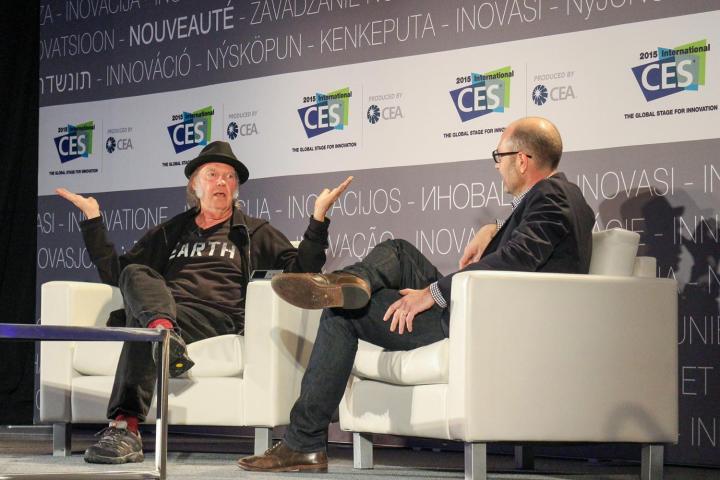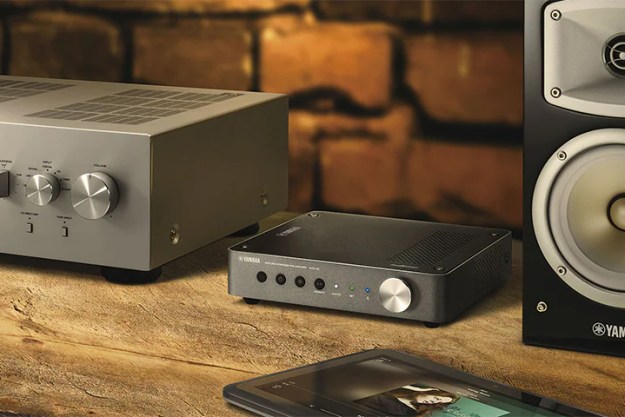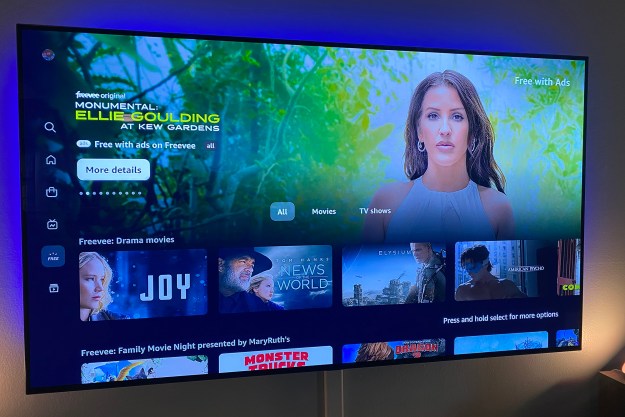
Unlike his super-star compatriots Taylor Swift, Bjork, Thom Yorke, and others, however, Young claimed his motivation for abandoning the medium had nothing to do with streaming music’s notoriously low royalty payouts for musicians. Instead, Young claimed it was poor sound quality that made him give up the streaming ghost.
“I don’t need my music to be devalued by the worst quality in the history of broadcasting or any other form of distribution,” Young wrote. “I don’t feel right allowing this to be sold to my fans. It’s bad for my music.”
“For me, It’s about making and distributing music people can really hear and feel. I stand for that. When the quality is back, I’ll give it another look. Never say never,” Young said.
From politics to the environment, Mr. Young has never been shy about making waves when it comes to standing up for what he believes in. However, for those who have followed the rise of Neil Young’s latest cause, high resolution music, his decision to pull out of all streaming services has a ring that’s just slightly more hollow than some of the rock legend’s other causes.
That’s because, of course, Neil Young is the public face, chief cheerleader, and part owner of the high-resolution music service and portable music player under the Pono brand. Famous for raising over $6 million in one of the most successful Kickstarter campaigns of all time, Neil Young’s PonoPlayer and accompanying PonoMusic service tread a wholly different path than the Spotifys and Apple Musics of the new era, grounded in high-resolution FLAC files that must be downloaded and stored, as opposed to MP3-quality streaming.
While many have debated the sonic merit of lossless high resolution files in comparison to the compressed audio you’ll get from an iTunes download, or a standard stream across most services, there’s little doubt that the combination of a high-quality playback device and high-quality audio files from Young’s PonoPlayer (and other devices from the likes of Astell&Kern, and Sony) offers a much better overall listening experience.

Still, with so much at stake, it’s hard not to be a little cynical about Young’s move here. PonoMusic has established itself as a mainstay for high resolution downloads which run, on average, over $2 per track.
Further, while audiophiles and discerning listeners will far favor a tour through their favorite tunes in the highest quality available, not everyone can afford to purchase all that music, or a high-res player. It’s arguable that there’s a place for both the quality of high resolution audio, and the convenience/affordability of streaming services in today’s new digital music landscape.
Tidal, which offers a tier with CD-quality streaming to customers for $20/month, might be a happy compromise for Young’s catalog, and could be a litmus test for his overall motivation, though it isn’t clear whether he’ll keep his music there or not.
Those who have followed Young’s altruistic causes in the past know his music decisions are often motivated by dual purposes: equal parts a stance against poor audio quality, and promotion for his own company. And really, it’s hard to blame any entrepreneur there.
In any event, for those locked into the streaming game, get your Neil Young on soon — it might just be your last chance.
Editors' Recommendations
- Tidal vs. Spotify: Which music streaming service has the features you need?
- Philo: everything to know about the live TV streaming service
- New streaming service looks to end endless Googling for sports
- Get ready for the one sports streaming service to rule them all
- SiriusXM plans, pricing, and features for the satellite (and internet) service


